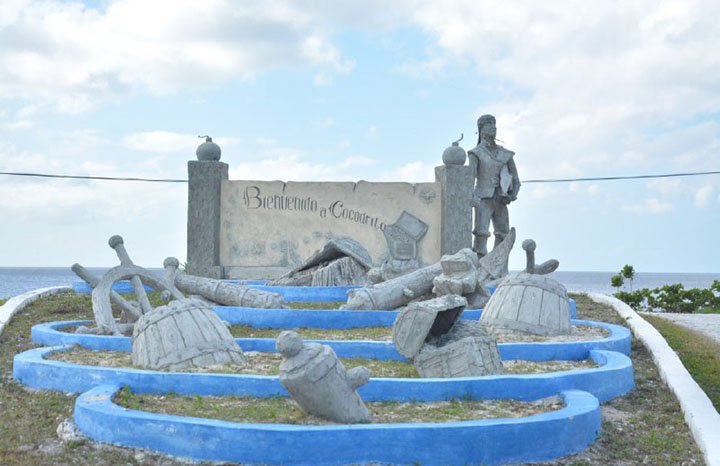
Review:
On the southern tip of the Isle of Youth, a town lo with exceptional roots tells the story of tenacity, tradition and transformation 124 years after its first inhabitants decided to settle in that remote place.
Today called Cocodrilo, this human settlement had its origins at the beginning of the last century, when emigrants from the Cayman Islands, brought by the riches of the sea, settled in this rural coastal enclave.
The founder of the community, Morris Jackson - an intrepid shark fisherman - not only baptized the old Jacksonville with his surname, but also left a legacy of leadership and unity among the inhabitants.
It was in 1901, when the birth of the town was made official, and even today a small pillar with a targe reminds us of that milestone. The houses of the time, built on stilts and with gabled roofs, evoke the typical architecture of the coastal sites, while the church, symbol of the place, was the first temple of Evangelical Lutheran confession in Cuba.
Jacksonville was, in the first decades, an isolated enclave of the rest of the then Isle of Pines, separated by kilometers of forests. English was the predominant language in the village, and both masses and instruction in the little school were conducted in that language.
Jenny Rivers - daughter-in-law of the founder and one of the last voices of that Caiman tradition - proudly said that the schooner "La Paloma", owned by Jackson, was the one that connected Jacksonville with Nueva Gerona once a month to provide the necessary provisions to the community.
The customs brought by the emigrants endured for years. The gastronomy, based on fish and seafood, seasoned with coconut milk and accompanied by breadfruit, as well as the celebrations to the rhythm of calypso, marked the identity of a town that, although isolated, beat to the rhythm of life.
With time, new families of fishermen, charcoal makers and lumberjacks arrived, who integrated with the caimaneros and enriched the social fabric of the town.
After the triumph of the Revolution, Jacksonville took its old name: Crocodile, in homage to the inlet where these reptiles were once abundant.
In the 1970s, a highway was built to connect this human settlement with the main ones of the special municipality. In order to transform its reality from an isolated corner to a connected community, it has ground transportation, elementary school, children's circle, pharmacy, bakery, doctor's office, among other services that are part of the daily life of its more than 300 inhabitants.
In the video and photos I share with you my personal experience in the village in the company of foreign friends and family from Cocodrilo.
En el vídeo y las fotos les comparto mi experiencia personal en el poblado en compañía de amigos foráneos y familiares de Cocodrilo.
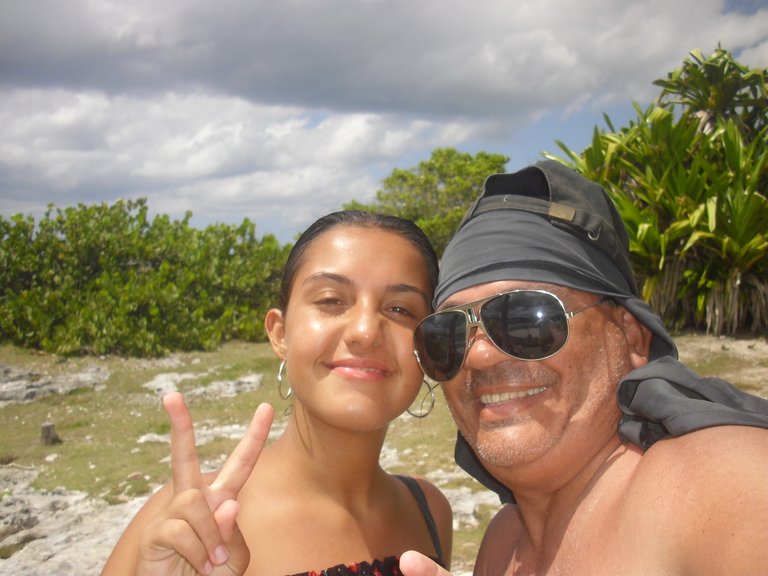
Leila (Switzerland 🇨🇭) and Yépez (Cuba 🇨🇺) Above the caguamitas cave
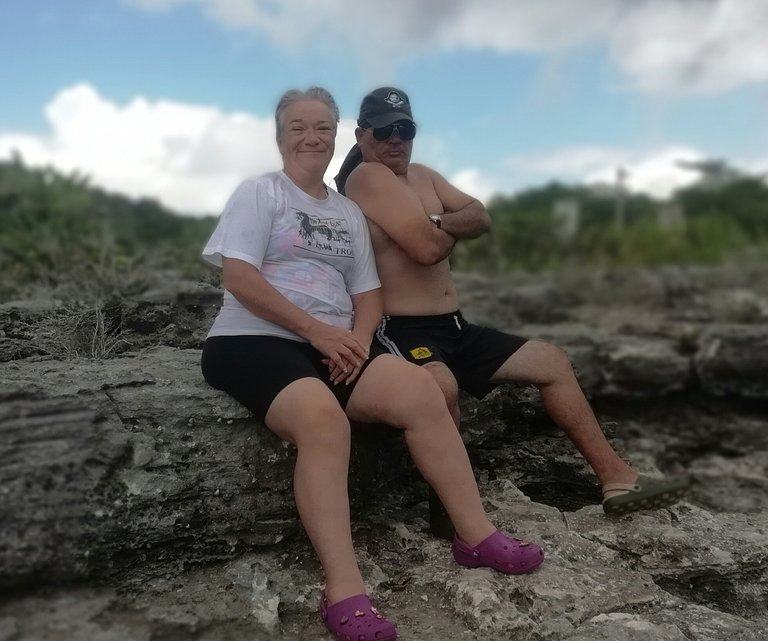
Mary Carmen (México 🇲🇽) and Yépez (Cuba 🇨🇺) Above the caguamitas cave
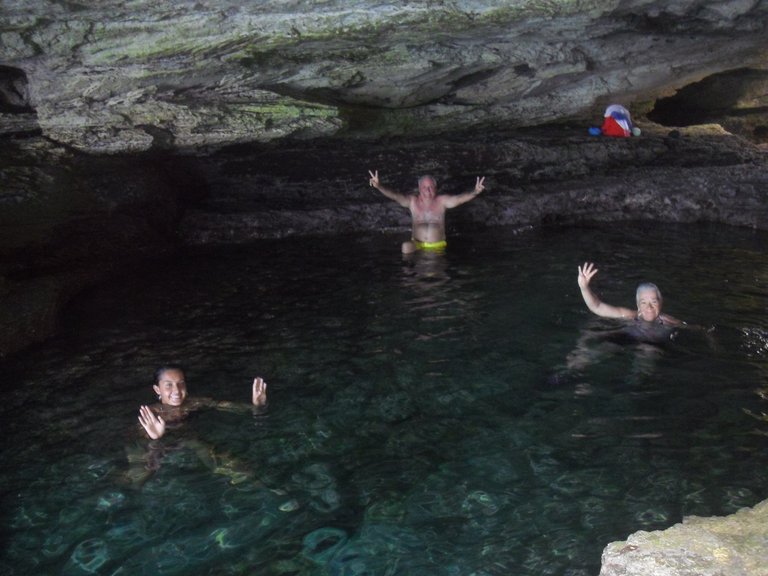
With Leila (Switzerland 🇨🇭) Don Braulio (Spain 🇪🇸) and Mary Carmen (Mexico 🇲🇽) in the natural pool of the caguamitas cave.
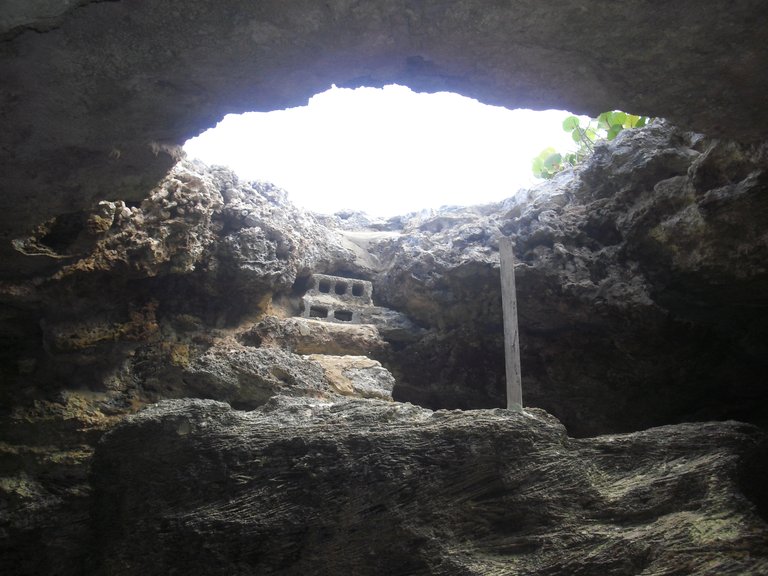
Input and output
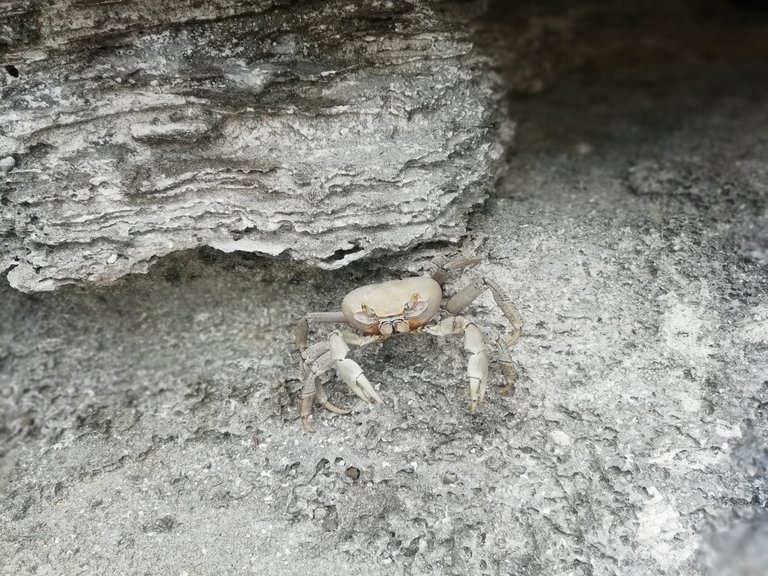
The Míster
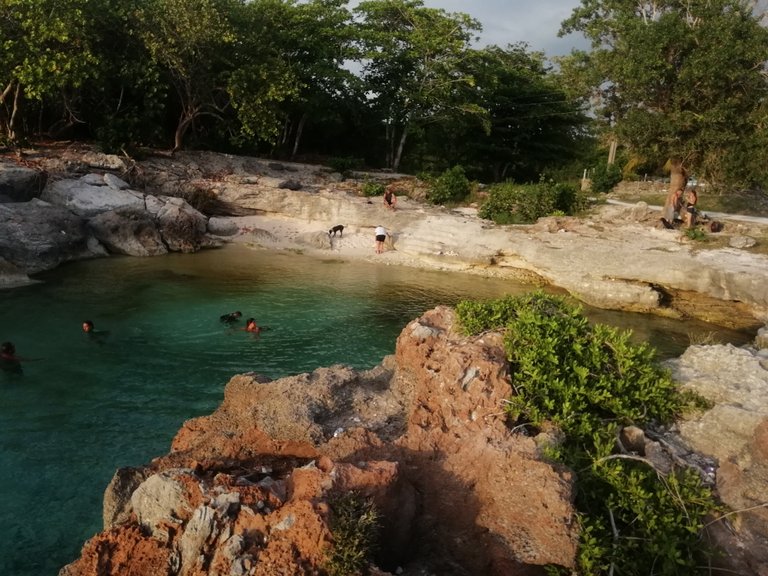
Pucho beach
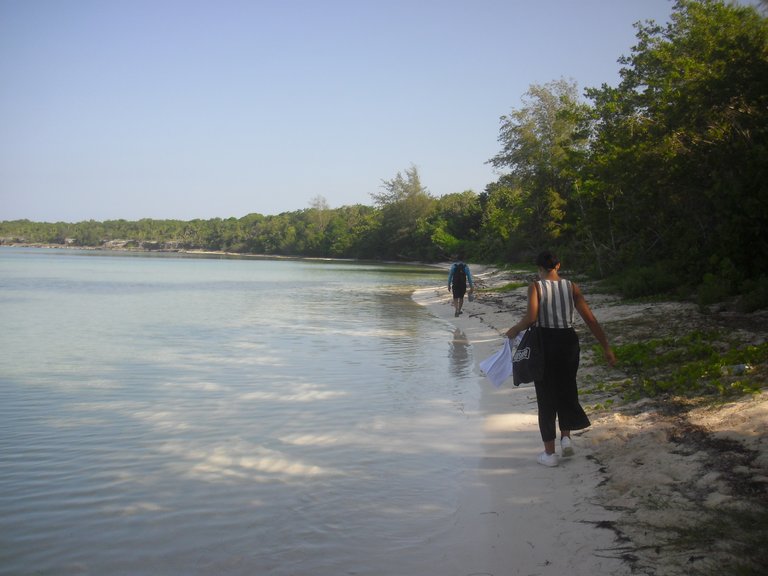
Cooperativa beach
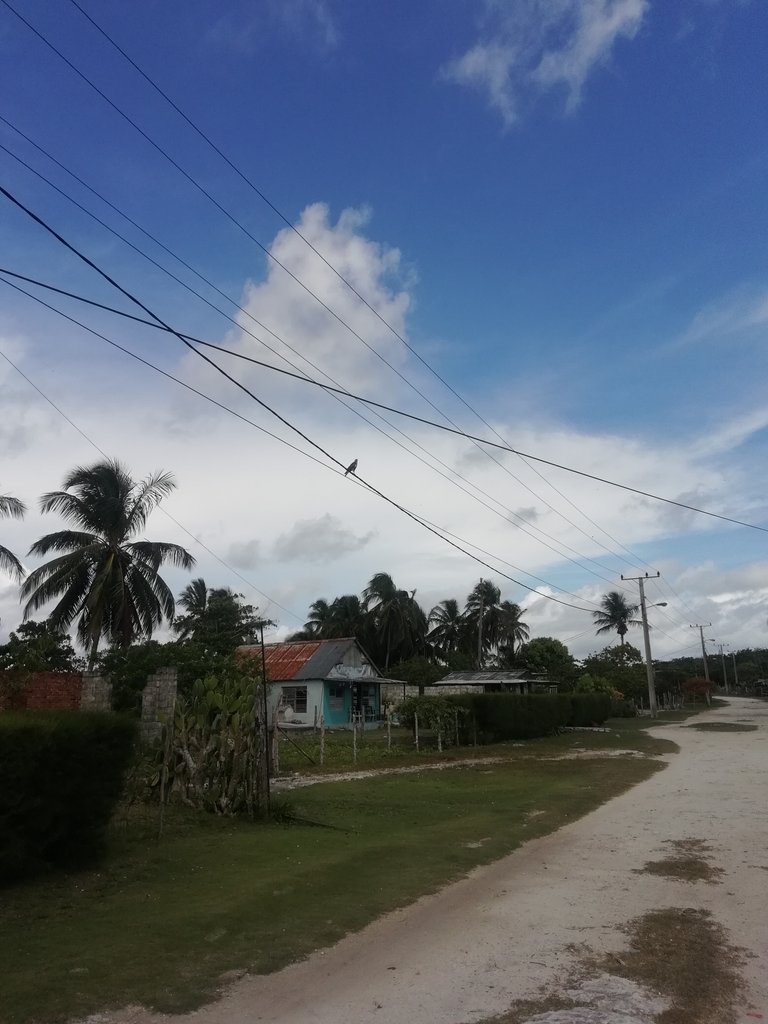
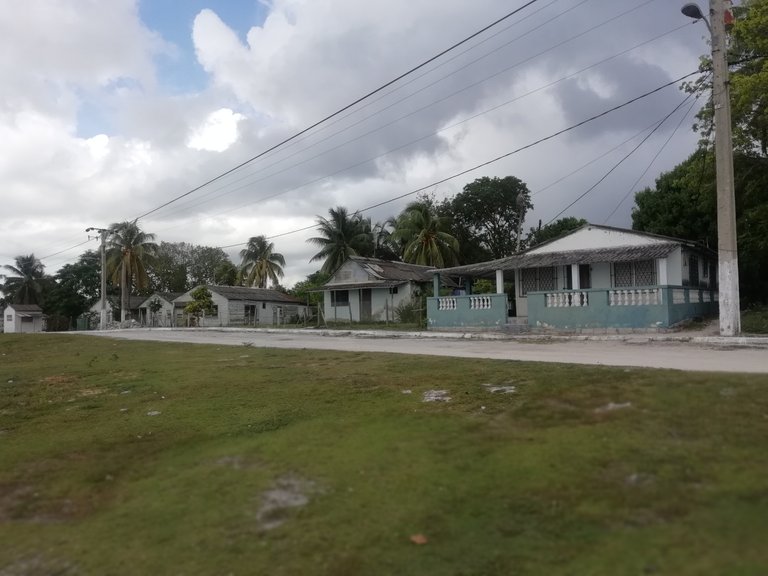
The community
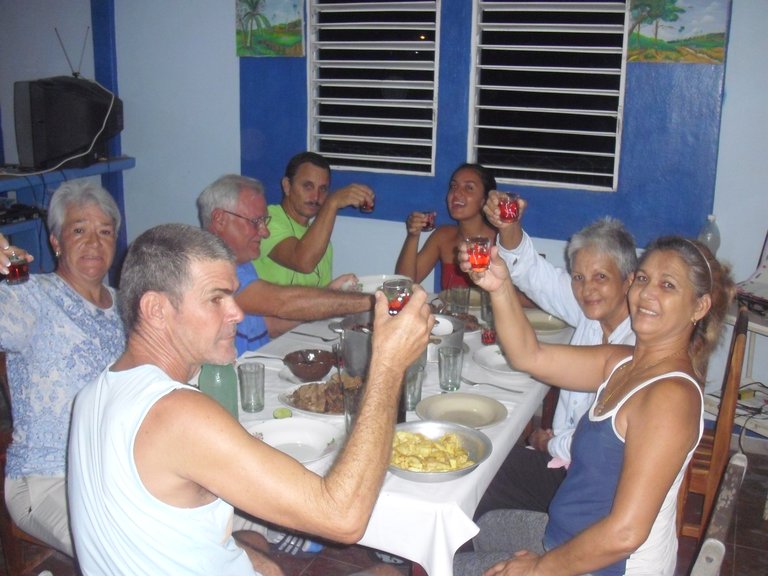
Family dinner (Villa Velero ⛵)
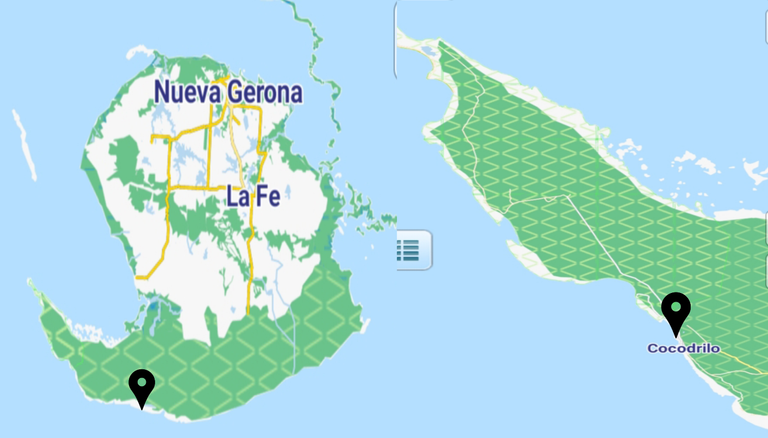
Text review by Linet Gordillo Guillama (ACN)
Video and photos by Yépez y Braulio
Original music by Sony Boy Band
Translation by Deepl.com
VERSIÓN ESPAÑOL (Reseña)
En el extremo sur de Isla de la Juventud, un poblado con raíces excepcionales narra la historia de tenacidad, tradición y transformación a 124 años de que sus primeros habitantes decidieran asentarse en ese apartado lugar.
Hoy llamado Cocodrilo, ese asentamiento humano tuvo sus orígenes a inicios del siglo pasado, cuando emigrantes procedentes de Islas Caimán, traídos por las riquezas del mar se establecieron en ese enclave rural costero.
El fundador de la comunidad, Morris Jackson —intrépido pescador de tiburones— no solo bautizó con su apellido al antiguo Jacksonville, sino que también dejó un legado de liderazgo y unidad entre los habitantes.
Fue en 1901, cuando se oficializó el nacimiento del poblado, y aún hoy un pequeño pilar con una tarja recuerda ese hito. Las viviendas de la época, construidas sobre pilotes y con techos a dos aguas, evocan la arquitectura típica de los sitos de costa, mientras que la iglesia, símbolo del lugar, fue el primer templo de confesión Evangélica Luterana en Cuba.
Jacksonville fue, en las primeras décadas, un enclave aislado del resto de la entonces Isla de Pinos, separado por kilómetros de bosques. El inglés era la lengua predominante en el poblado, y tanto las misas como la enseñanza en la escuelita se realizaban en ese idioma.
Jenny Rivers —nuera del fundador y una de las últimas voces de esa tradición caimanera— decía con orgullo que la goleta “La Paloma”, propiedad de Jackson, era la que conectaba a Jacksonville con Nueva Gerona una vez al mes para proveer de los víveres necesarios a la comunidad.
Las costumbres traídas por los emigrantes perduraron durante años. La gastronomía, basada en pescados y mariscos, aderezados con leche de coco y acompañados de fruta del pan, así como las celebraciones al ritmo de calipso, marcaban la identidad de un pueblo que, aunque aislado, latía al compás de la vida.
Con el tiempo, llegaron nuevas familias de pescadores, carboneros y leñadores, quienes se integraron con los caimaneros y enriquecieron el tejido social del poblado.
Al triunfo de la Revolución, Jacksonville retomó su añejo nombre: Cocodrilo, en homenaje a la ensenada donde antaño abundaba en esos reptiles.
A partir de la década de 1970, se construyó la carretera que unió ese asentamiento humano con los principales del municipio especial. Para transformar su realidad de un rincón aislado a una comunidad conectada dispone de transporte terrestre, escuela primaria, círculo infantil, farmacia, panadería, consultorio médico, entre otros servicios que forman parte de la vida cotidiana de sus más de 300 habitantes.
Texto de reseña por Linet Gordillo Guillama (ACN)
Video y fotos por Yépez y Braulio
Música original de Sony Boy Band
Traducción por Deepl.com
[//]:# (!pinmapple 21.52162 lat -83.10179 long d3scr)
Precioso lugar de mi querida isla...! Muchas tradiciones e historias de piratas...!
Te esperamos siempre acá @pinero 🏝️
Uno de los lugares mas lindo de mi isla 🌲🌴
Y pronto saldrá tu excursión en el bello cocodrilo 🏝️
You can check out this post and your own profile on the map. Be part of the Worldmappin Community and join our Discord Channel to get in touch with other travelers, ask questions or just be updated on our latest features.
🏝️👍
😎👍